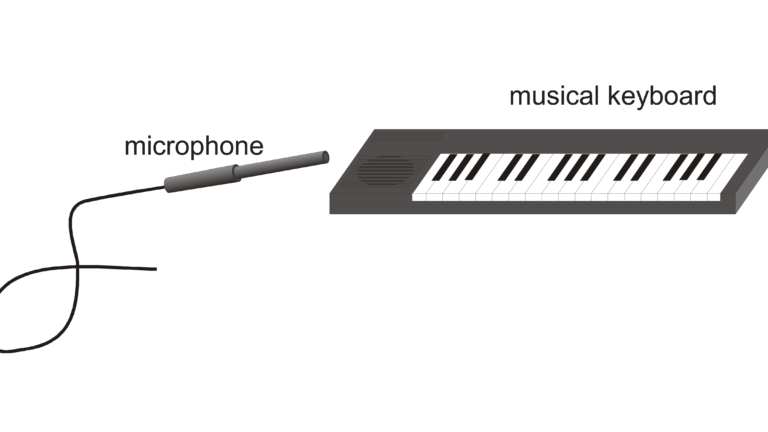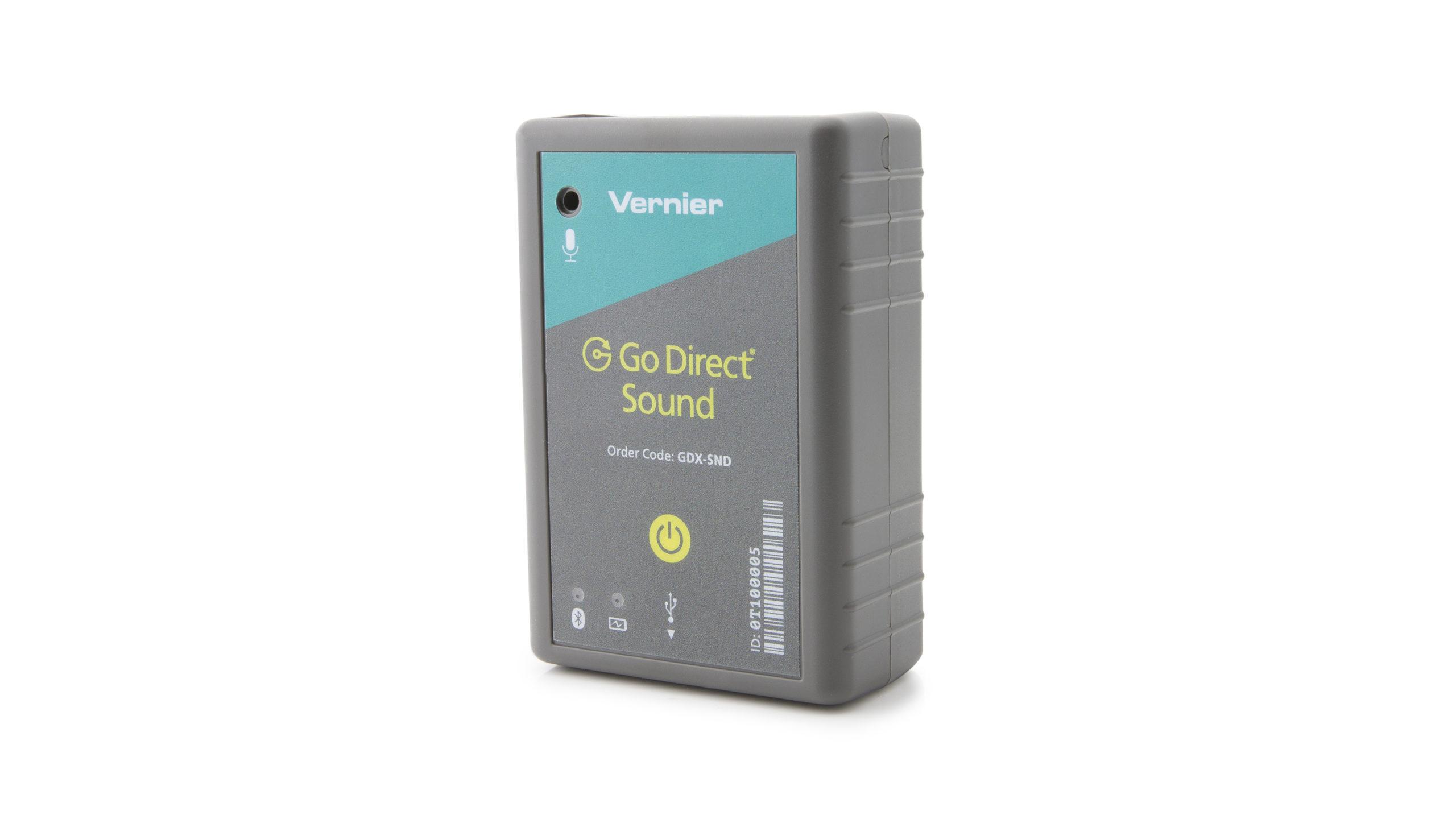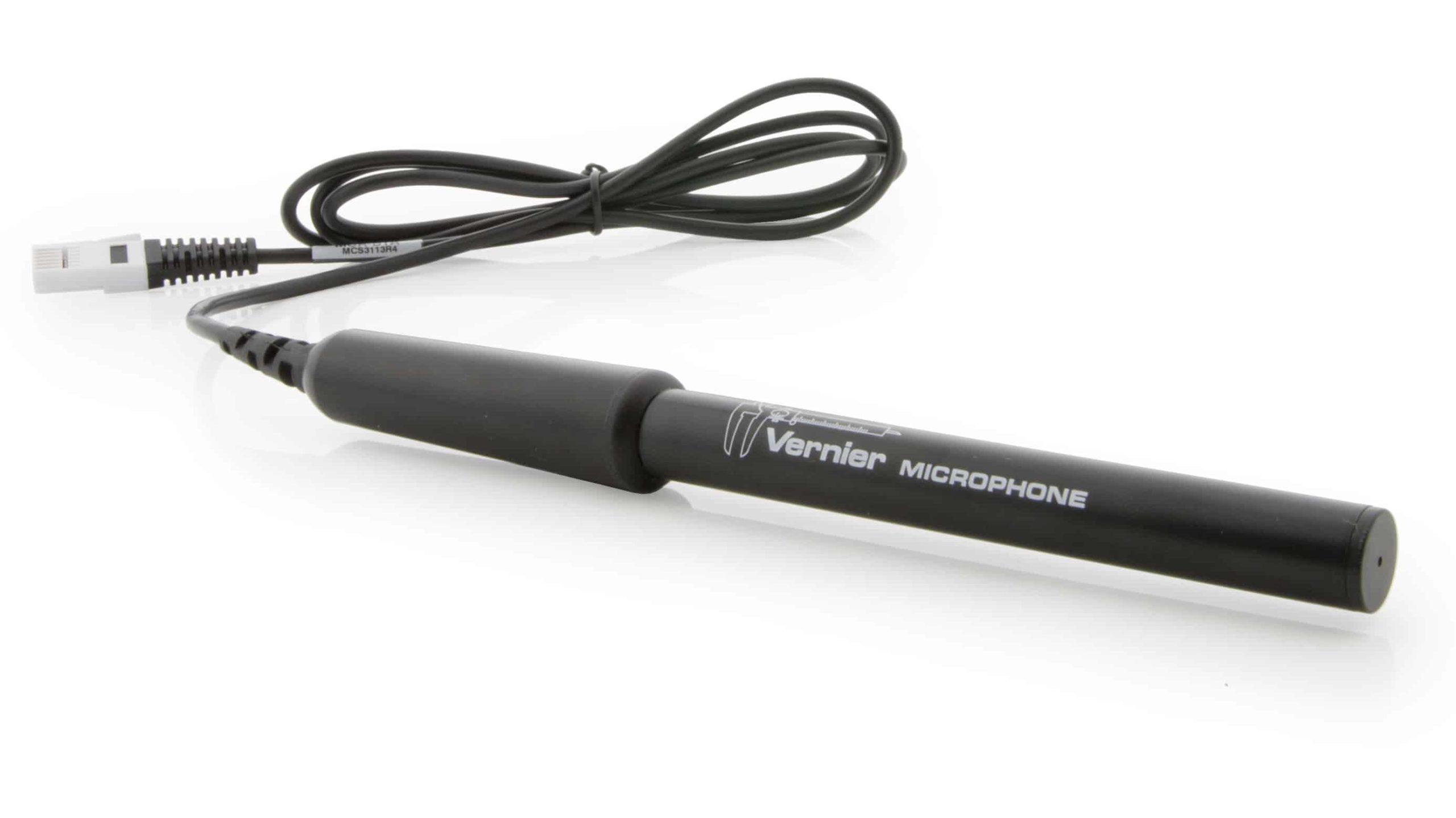
Introduction
The musical scale used in western music originated with the ancient Greeks. Originally there were seven primary notes to a scale. This is called a diatonic scale and even non-musicians are familiar with it as do-re-me-fa-so-la-ti-do. This scale can be played with the white keys on a piano keyboard, starting with C. As you go through a diatonic scale, it is eight steps from do back to do again. For this reason, this range of notes is called an octave.
Over time, five more notes were added to the western musical scale. This 12-note scale is called a chromatic scale. For a scale starting with C, the five extra notes are played on a piano keyboard by pressing the black keys.
Musical scales are tied closely to mathematics. You will use a Microphone to record the waveform of the sound that is produced. By performing a mathematical analysis of the waveform called a Fast Fourier Transform (FFT), you can break the wave pattern into its component frequencies and determine the fundamental frequency of the sound. Your challenge is to measure the frequencies of all the notes of a chromatic scale and then to determine a mathematical pattern.
The frequencies of two notes played at the same time that sound good to our ears usually have a special mathematical relationship. In this lab, you will investigate the mathematics behind intervals that are commonly used in music.
For this lab, an electronic keyboard is recommended, but you can use other instruments if they are available.
Objectives
- Determine the frequencies of the notes of a musical scale.
- Examine the differences and ratio between these notes.
- Determine the mathematical patterns used in musical scales.
Sensors and Equipment
This experiment features the following sensors and equipment. Additional equipment may be required.
Option 1

Option 2

Ready to Experiment?
Ask an Expert
Get answers to your questions about how to teach this experiment with our support team.
- Call toll-free: 888-837-6437
- Chat with Us
- Email support@vernier.com
Purchase the Lab Book
This experiment is #35 of Physics with Vernier. The experiment in the book includes student instructions as well as instructor information for set up, helpful hints, and sample graphs and data.

